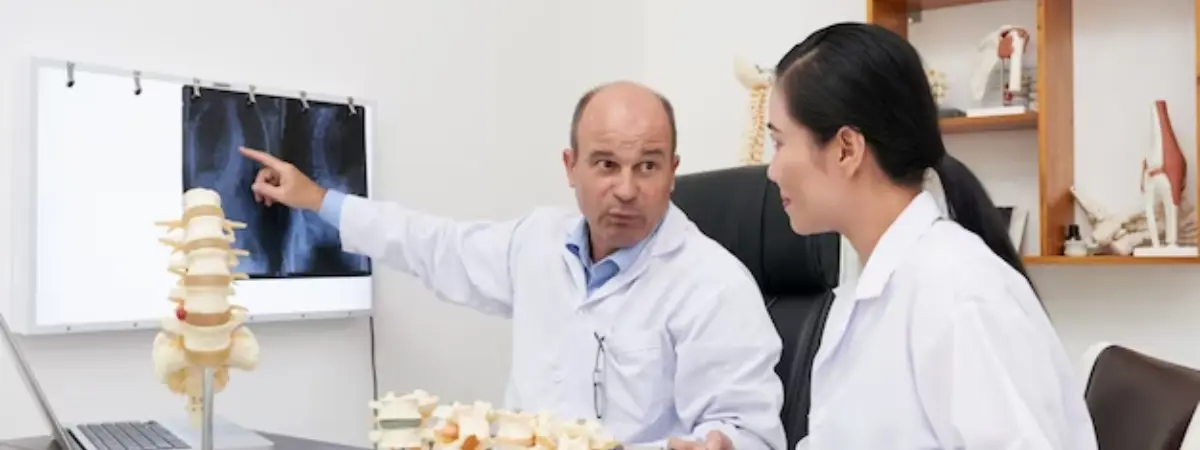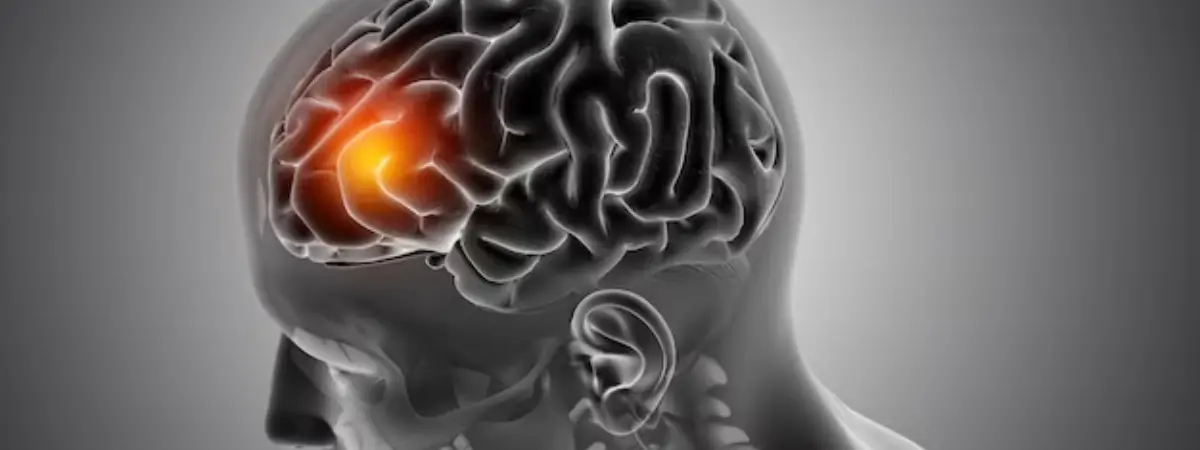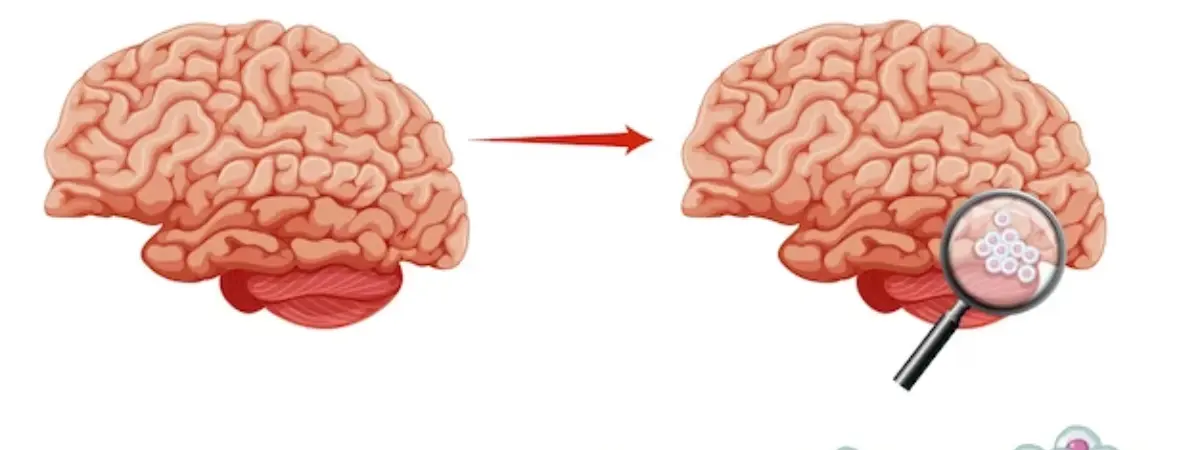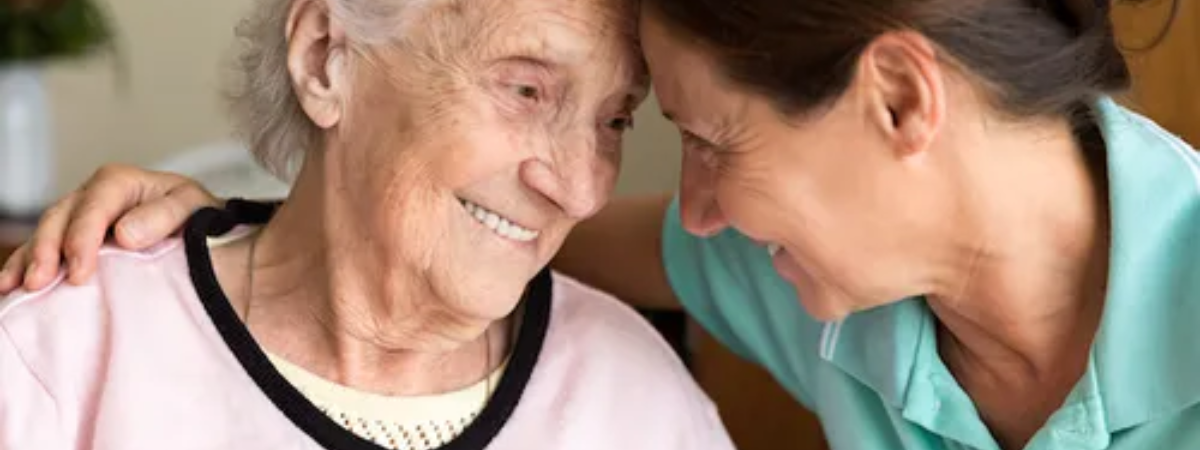The human spine, a resilient structure supporting our bodies, can sometimes face a condition that affects its stability and functionality: spinal stenosis. This often-painful ailment involves the narrowing of spaces within the spine, leading to compression of the nerves and spinal cord. Understanding spinal stenosis, its causes, symptoms, and available treatments, is crucial for those affected by this condition.
Understanding Spinal Stenosis
Spinal stenosis is characterised by the narrowing of the spaces within the spine, which can occur in various areas:
Cervical Stenosis: Affecting the neck region.
Lumbar Stenosis: Affecting the lower back.
Thoracic Stenosis: Relatively rare, it impacts the middle part of the spine.
Causes and Risk Factors
Several factors contribute to the development of spinal stenosis:
Aging: Degenerative changes in the spine, such as osteoarthritis and thickening of ligaments, are common causes.
Herniated Discs: Bulging or ruptured discs can encroach on the spinal canal, leading to stenosis.
Congenital Factors: Some individuals may have a narrower spinal canal since birth, making them more prone to stenosis.
Injuries or Trauma: Accidents or injuries can result in dislocation or fractures, causing spinal canal narrowing.
Recognizing Symptoms
Symptoms of spinal stenosis vary depending on the location and severity of the condition:
Numbness or Weakness: Usually felt in the arms, legs, hands, or feet.
Pain or Cramping: Often experienced while standing or walking, which tends to alleviate when sitting or bending forward.
Difficulty Walking: Especially in later stages, individuals may experience balance or coordination issues.

Diagnosis and Treatment
Diagnosing spinal stenosis typically involves a combination of physical examinations, imaging tests like MRI or CT scans, and evaluation of symptoms.
Treatment options vary based on the severity and impact on daily life:
Medications: Pain relievers, anti-inflammatories, and muscle relaxants can help manage discomfort.
Physical Therapy: Exercises and stretches to improve flexibility, strength, and balance.
Steroid Injections: Administered directly into the affected area to reduce inflammation and alleviate pain.
Surgery: In severe cases where conservative methods fail, surgical procedures like decompression or spinal fusion may be recommended.
Living with Spinal Stenosis
While spinal stenosis can significantly impact daily life, adopting certain lifestyle modifications can help manage its effects:
Regular Exercise: Low-impact activities like swimming or cycling can help maintain mobility and strengthen the spine.
Maintaining a Healthy Weight: Reducing excess weight can alleviate pressure on the spine.
Posture and Body Mechanics: Practicing good posture and lifting techniques can reduce strain on the spine.
Conclusion
Spinal stenosis presents challenges, but with proper understanding, management, and lifestyle adjustments, individuals can effectively navigate life with this condition. Seeking timely medical advice, following recommended treatments, and incorporating healthy practices into daily routines are crucial steps toward managing symptoms and enhancing overall well-being.
Empowerment through education and proactive healthcare plays a pivotal role in improving the quality of life for individuals affected by spinal stenosis. By staying informed and taking proactive measures, individuals can continue to lead fulfilling lives despite the challenges posed by this condition.
Recent Posts
Unveiling the Impact of Brain Strokes: Understanding, Prevention, and Recovery

Read More
Five - Signs of Lumbar Disc Prolapse

Read More
"Triumph Over Brain Tumor: Navigating the Path from Treatment to Recovery with Dr. Vamshi Krishna"

Read More
Scoliosis Screening: Knowing When and How to Check

Read More
Caring for Someone with Dementia: Effective Stress Reduction Tips

Read More
